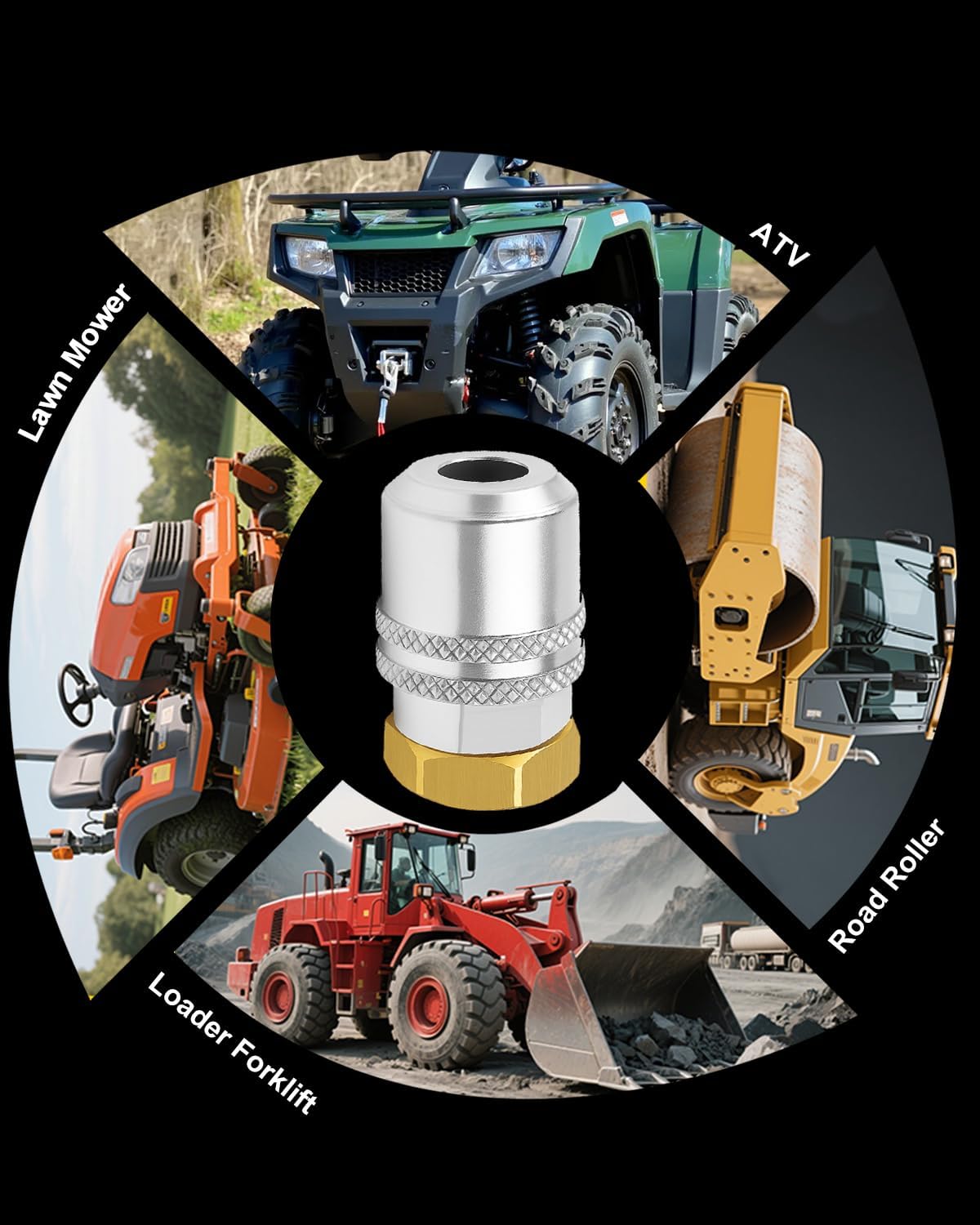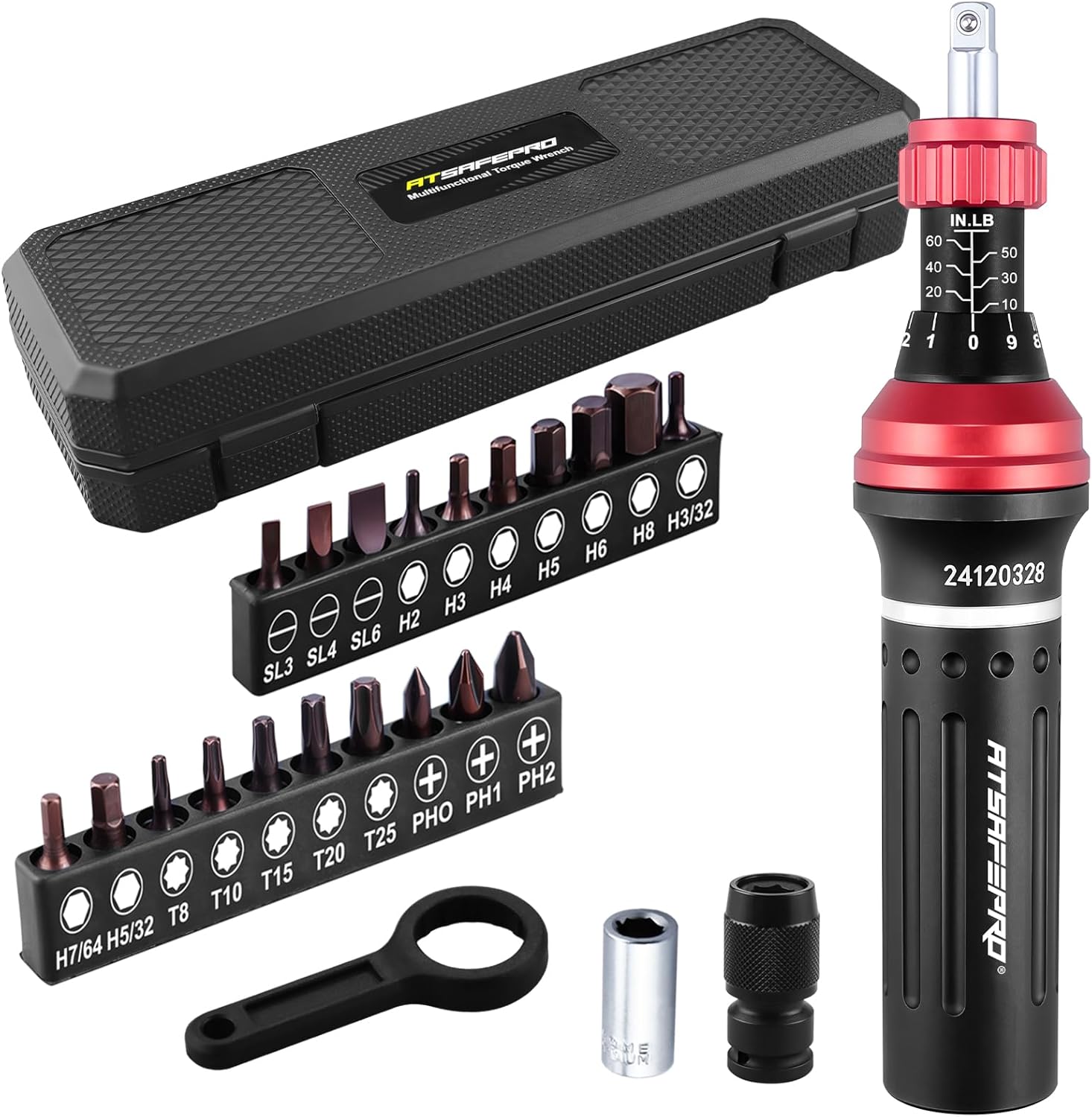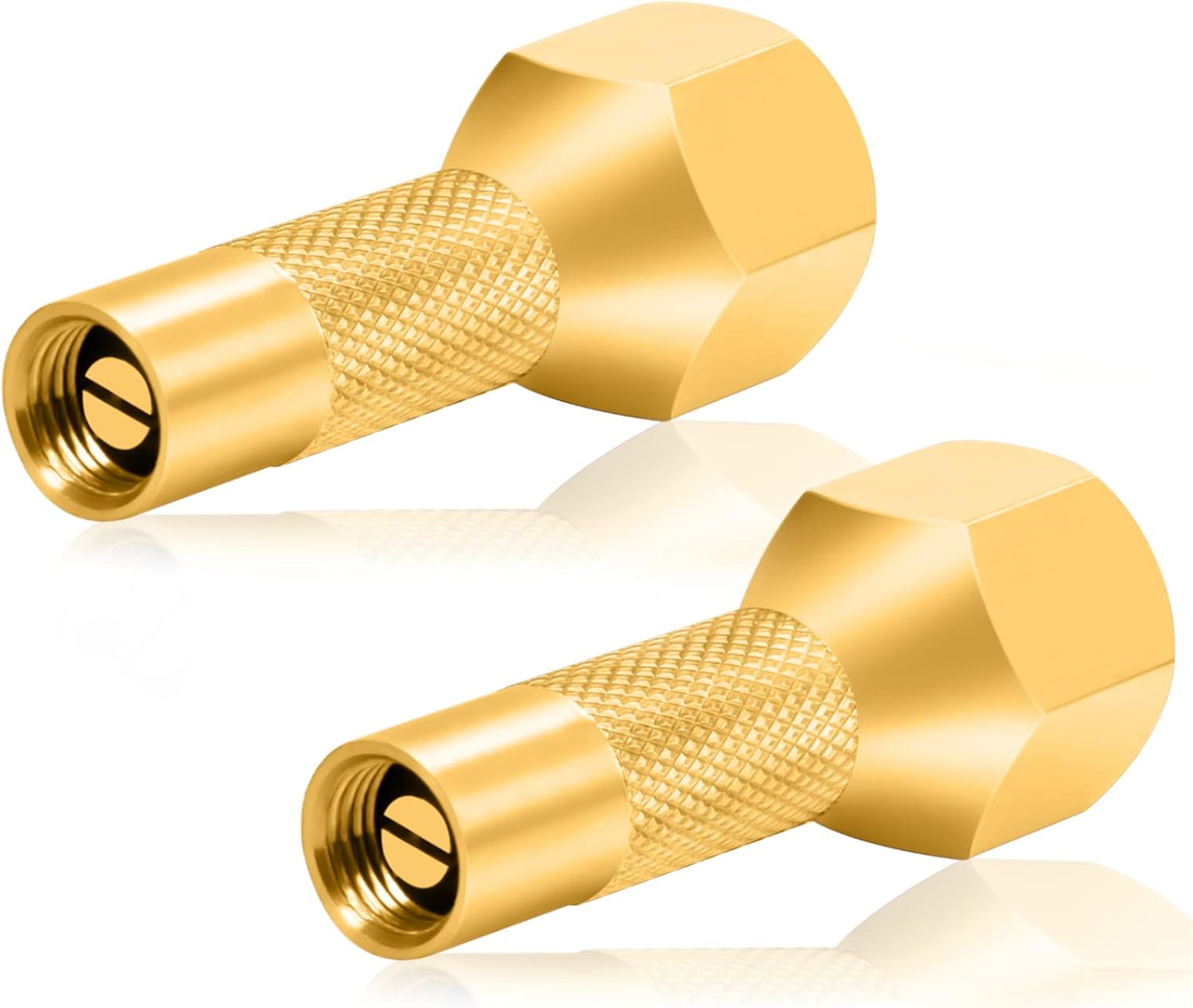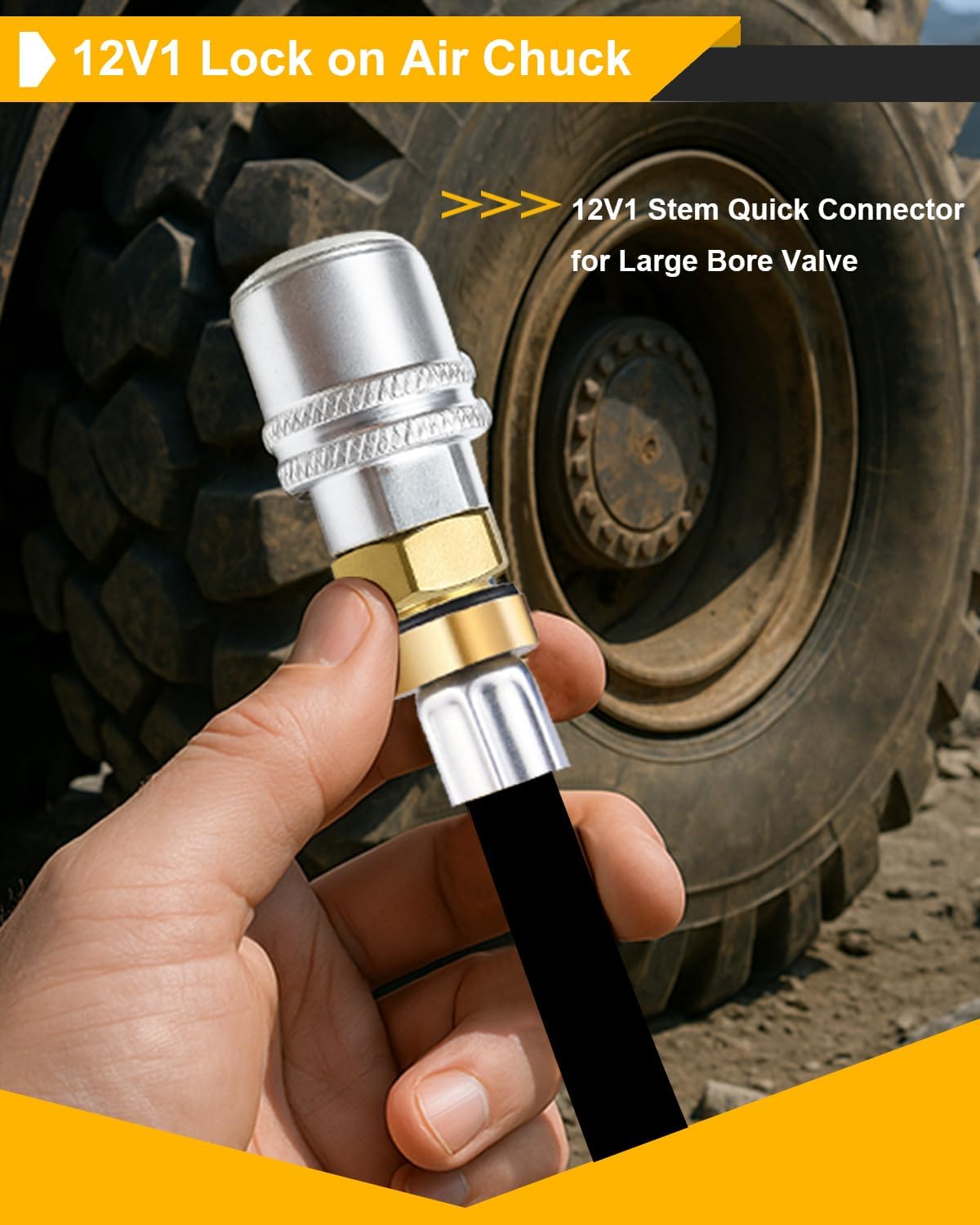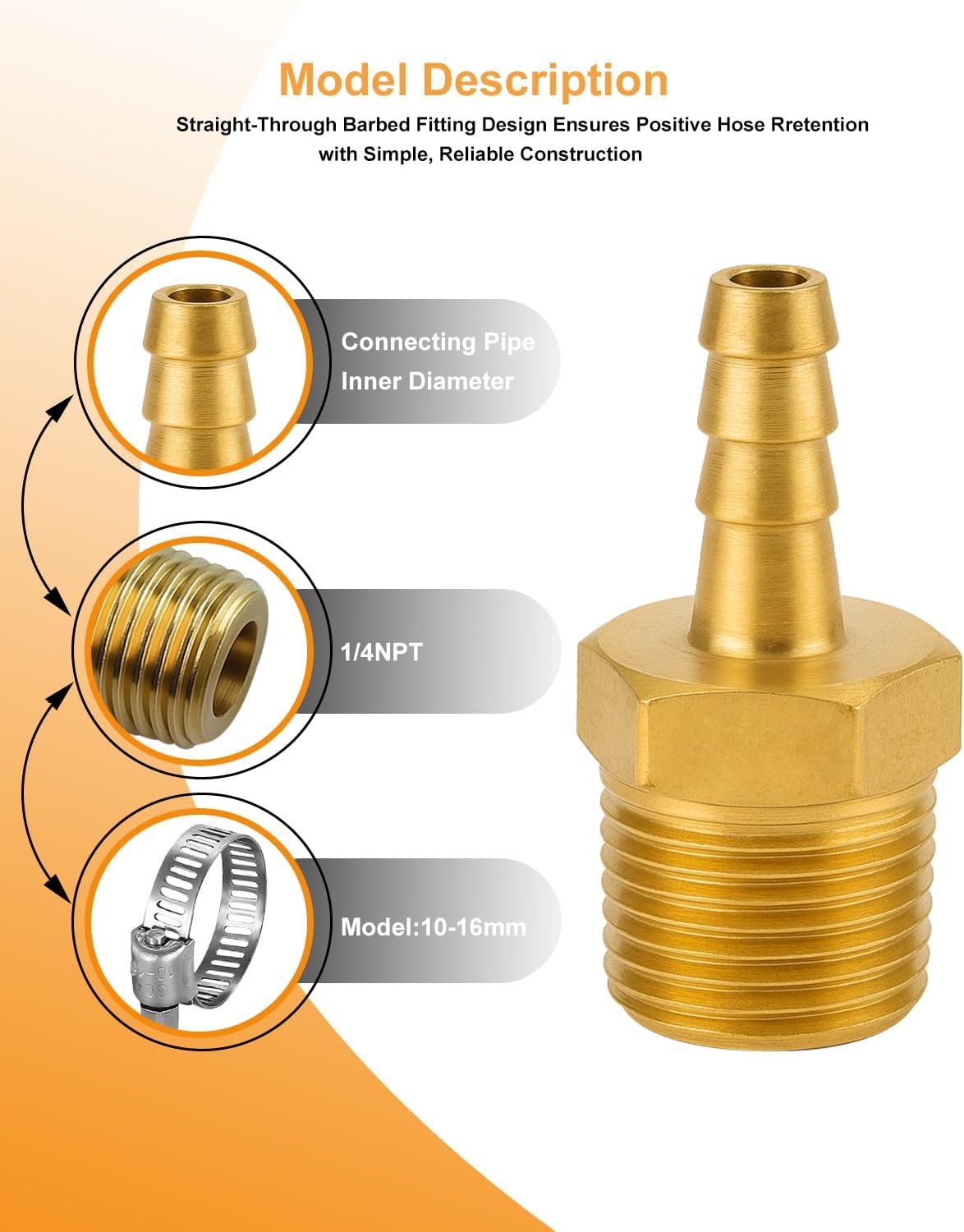Pneumatic air chuck is a vital component in modern manufacturing and machining processes, offering precise and efficient clamping solutions that enhance productivity. This innovative device uses compressed air to secure workpieces, making it a preferred choice in various industrial applications. In contrast to older mechanical chucks, the pneumatic air chuck provides faster operation and greater consistency, which can significantly reduce setup times and improve overall workflow. By integrating advanced air technology, these chucks ensure reliable performance, though they must be compared with other types to fully understand their advantages.
Comparing Pneumatic Air Chucks with Mechanical Chucks
In a direct comparison, pneumatic air chucks stand out for their speed and ease of use when contrasted with mechanical chucks. Mechanical chucks, which rely on manual tightening or gears, often require more time and effort to secure a workpiece, leading to potential inconsistencies in clamping pressure. Air chuck systems, on the other hand, allow for rapid engagement and release through pressurized air, enabling operators to switch between tasks more efficiently. For instance, while a mechanical chuck might take several seconds to lock into place, an air chuck can achieve the same in fractions of a second. However, locking air chuck variants add an extra layer of security by incorporating mechanisms that prevent unintended release, which mechanical chucks lack. This makes pneumatic air chucks particularly suitable for high-volume production environments where downtime must be minimized. Despite these benefits, mechanical chucks are generally more affordable and simpler in design, offering a cost-effective alternative for low-precision tasks. In terms of maintenance, pneumatic air chucks may require regular checks on air lines and seals, whereas mechanical ones might only need occasional lubrication, highlighting a trade-off in upkeep.
Contrasting Pneumatic Air Chucks with Hydraulic Alternatives
When contrasting pneumatic air chucks with hydraulic chucks, the differences in power delivery and application become evident. Hydraulic chucks use fluid pressure to generate clamping force, which can handle heavier loads and provide smoother operations in scenarios requiring high torque, such as in metal forging. In comparison, air chucks operate on compressed air, making them lighter and more responsive for precision work in industries like automotive assembly. A locking air chuck, for example, enhances safety by maintaining a firm grip even if air pressure fluctuates, which is a common issue in pneumatic systems. This contrasts sharply with hydraulic chucks, which might offer more consistent pressure but at the cost of increased complexity and the need for hydraulic pumps and fluids. From an environmental perspective, pneumatic systems are cleaner and quieter, avoiding the mess and potential leaks associated with hydraulic fluids. However, hydraulic chucks often excel in extreme conditions, such as high-temperature environments, where air chucks might suffer from reduced efficiency due to air compression limitations. Overall, the choice between these depends on specific needs, with pneumatic air chucks shining in speed and versatility, while hydraulic ones prioritize raw power and stability.
Advantages and Disadvantages of Locking Air Chucks in Real-World Applications
Locking air chucks represent an evolution within the air chuck category, offering enhanced security features that lock the chuck in place once engaged, which is particularly useful in dynamic machining setups. Compared to standard air chucks, locking variants provide an added layer of reliability, reducing the risk of workpiece slippage during operations that involve vibration or rapid movements. In manufacturing plants, this feature can lead to fewer errors and higher quality outputs, contrasting with basic air chucks that might require constant monitoring. However, the added locking mechanism can make these chucks slightly heavier and more expensive, which is a drawback when compared to simpler models. For instance, in a CNC machining context, a locking air chuck ensures that tools remain precisely aligned, potentially extending tool life and reducing material waste. On the flip side, non-locking air chucks might be preferred in quick-change scenarios where speed is paramount over absolute security. This comparison underscores the importance of selecting the right tool based on operational demands, as locking air chucks offer superior safety but at a higher initial investment. Moving forward, advancements in pneumatic technology continue to bridge these gaps, making air chucks more adaptable across various sectors.
The Role of Pneumatic Air Chucks in Modern Industry Innovations
Pneumatic air chucks are increasingly integrated with cutting-edge technologies, such as automated systems and IoT sensors, to further enhance their capabilities. When compared to older chuck designs, these modern iterations provide not only better performance but also smarter features, like automatic pressure adjustments. For example, while traditional air chucks might rely solely on manual settings, newer models with locking mechanisms can self-calibrate, ensuring optimal clamping without operator intervention. This advancement contrasts with hydraulic systems, which often require more extensive retrofitting to achieve similar smart functionalities. In terms of energy efficiency, pneumatic air chucks consume less power overall, making them a more sustainable option in energy-conscious industries. However, they may not match the sheer force of hydraulic counterparts in heavy-duty applications, such as large-scale metalworking. As companies push for innovation, the adoption of air chucks is growing, driven by their affordability and ease of integration. Ultimately, the ongoing evolution of pneumatic air chucks, including variants like locking air chucks, positions them as a cornerstone in the future of manufacturing, balancing efficiency, safety, and adaptability in ways that continue to outpace traditional methods.




